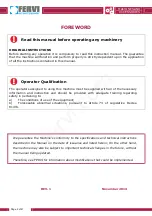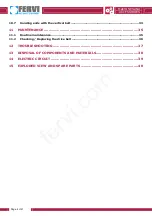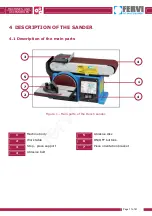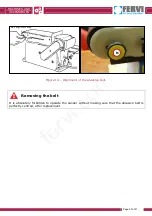Reviews:
No comments
Related manuals for 505

15Z0205
Brand: Lee Valley Tools Pages: 2

B.O.S.S. SA350
Brand: Delta Pages: 12

JAT-730 505730
Brand: Jet Pages: 16

BEW200
Brand: Black+Decker Pages: 16

OBS-18DC
Brand: Clarke Pages: 2

Contractor CBS2
Brand: Clarke Pages: 16

3110650
Brand: Clarke Pages: 16

B2332
Brand: Craftex Pages: 8

666
Brand: Skil Pages: 9

SL42A
Brand: Rupes Pages: 7

PS 206
Brand: Flex Pages: 6

Scorpion
Brand: Bona Pages: 28

Dual Edge
Brand: Bona Pages: 28

DS164
Brand: Wen Pages: 2

bsr-7000
Brand: Ozito Pages: 8

JOVS-10
Brand: Jet Pages: 20

GECKO FLEX
Brand: Pallmann Pages: 16

DETAIL SANDER
Brand: Ozito Pages: 8



























